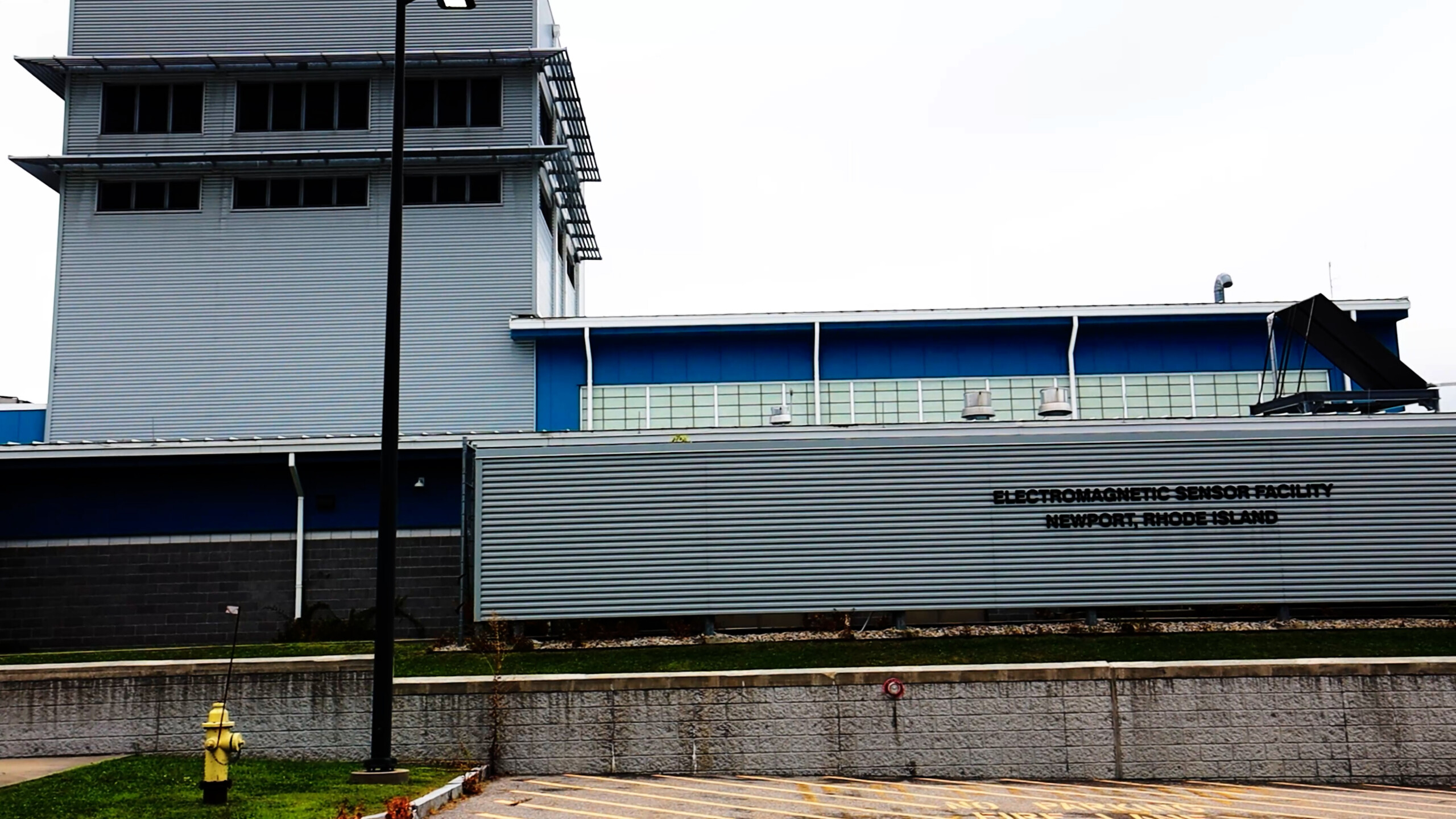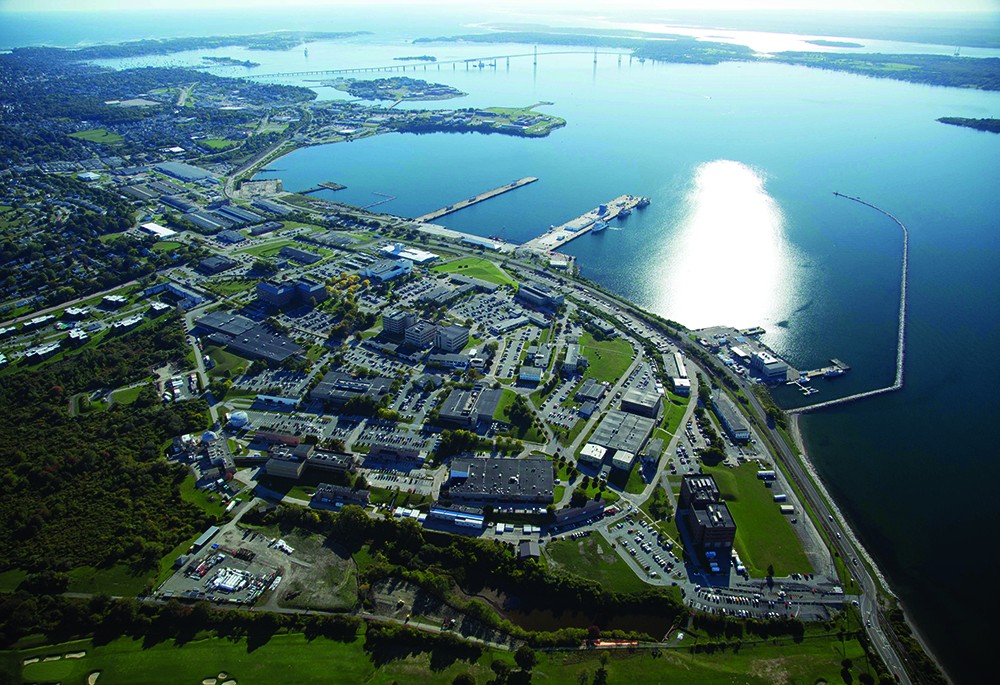Republished from Warc.com
Original article: www.warc.com
NEW YORK . Major companies must consistently change the resources distributed to different brands and business units to succeed in the long term, McKinsey has argued.
The consultancy reported that corporations typically reallocate $640bn every year internally, compared with the issuing of $85bn in equity and $536bn in associated debt.
When assessing 1,600 organisations in the US over 15 years, it found the balance of annual capital distribution had a mean correlation 0.99, standing at 0.92 for the economy as a whole.
However, the 33% of top-performing firms shifted 56% of capital between divisions in this period, and earned a 30% higher total return to shareholders. They were also 13% more likely to avoid bankruptcy or acquisition.
“If corporations don’t approach rebalancing as fiduciaries for long term corporate value, their life span will decline as creative destruction gets the better of them,” Randy Komisar, a partner at Kleiner Perkins Caufield & Byers, said.
Danaher, the conglomerate, reallocated 60% of funds from 1990-2009, and had a total shareholder return 25% above the norm, figures reaching 25% and 14% respectively for Honeywell, a similar group.
“Most people think that reallocation only means the reallocation of capital. Granted, this is important. At the same time, I also like to think about the reallocation of people and mindshare. Believe it or not, the latter type of reallocation has the biggest impact,” said Andreas Kramvis, president/CEO of Honeywell Performance Materials and Technologies.
Google, the online giant, has recently undertaken a rationalisation scheme of its own, closing down 12 products like Buzz and Friend Connect, in favour of Android, Chrome, Gmail, YouTube and display ads.
“There are so many opportunities for Google today. But to make a real impact in the world, we need to make hard choices about where to focus our efforts,” said Larry Page, its CEO.
To increase dynamism here, McKinsey proposed following simple “rules”, like divesting 5% of corporate portfolios each year or setting up funds for rapid investment, despite the associated difficulties.
“We can’t avoid it, because we need to replenish our growth pipeline continuously, as well as winnow our portfolio,” said Guy Elliott, CFO of Rio Tinto, the mining group. “But we don’t do it with great enthusiasm, because it involves market timing and, if we could do that well, we wouldn’t bother running a mining business; we’d just be a trading business.”
As a positive example, Rite-Solutions, a company which provides software for the defence industry, currently yields 20% of sales from investment ideas identified by staff through a “stock exchange”.
Data sourced from McKinsey/Seeking Alpha; additional content by Warc staff, 6 April 2012
© 2012 Copyright and Database Rights owned by Warc





